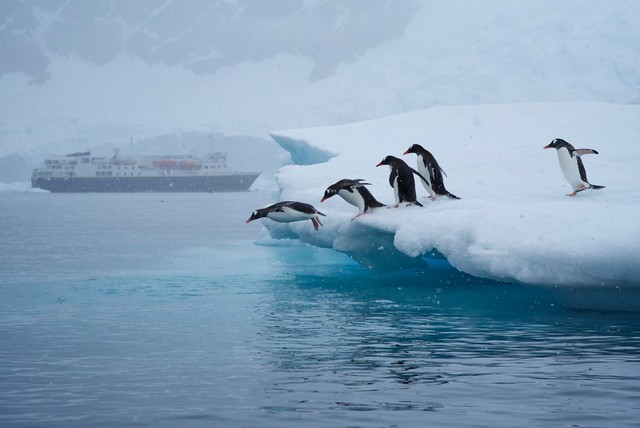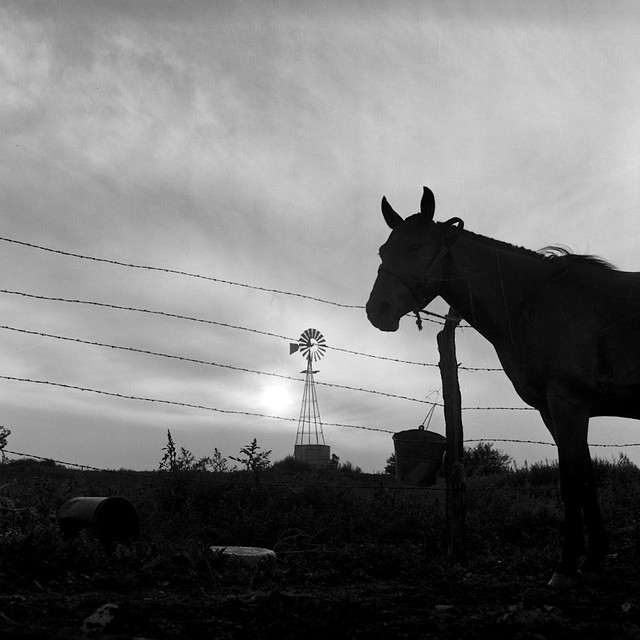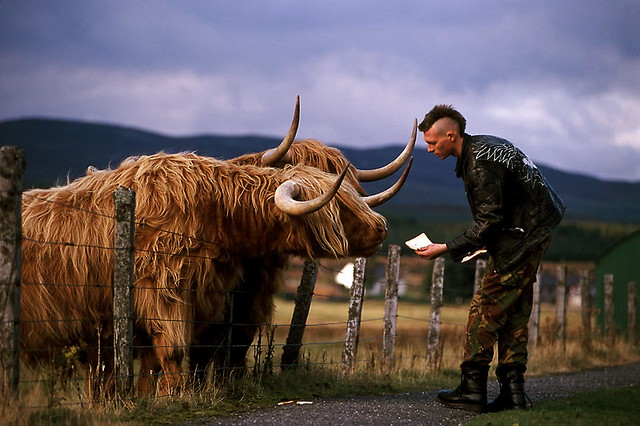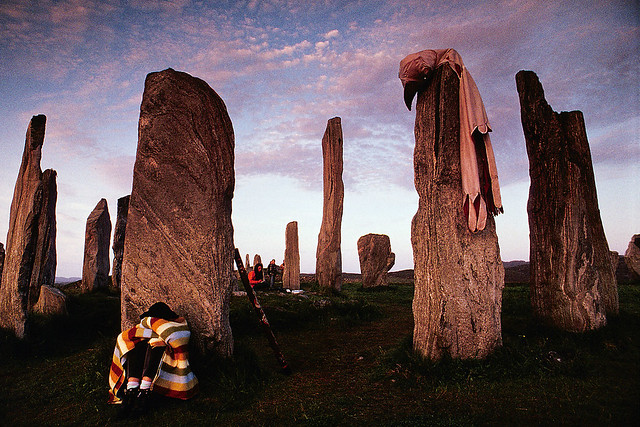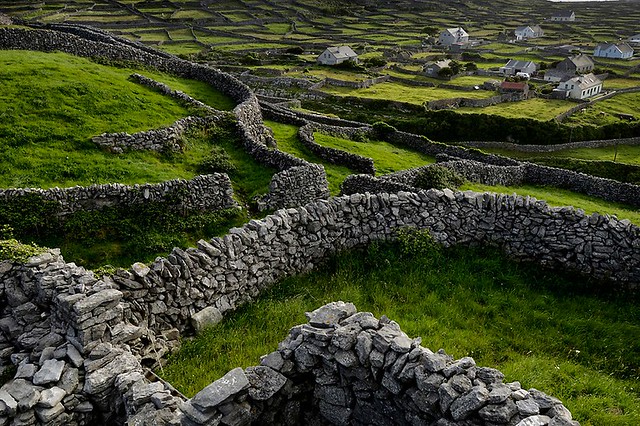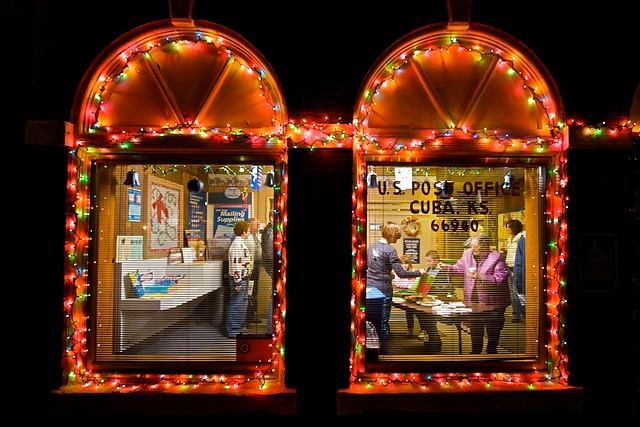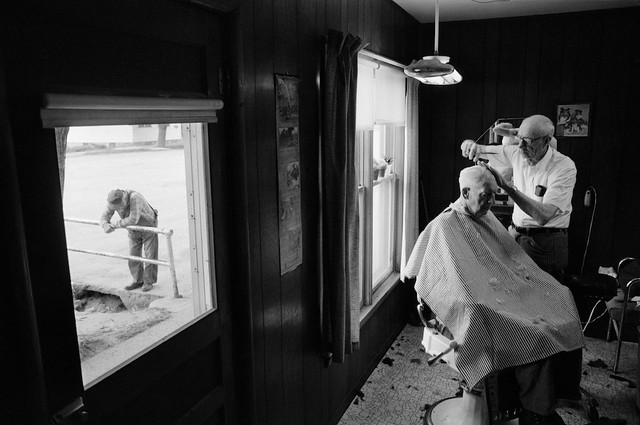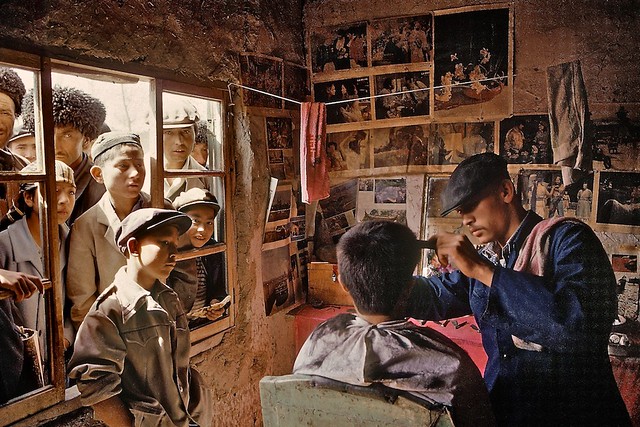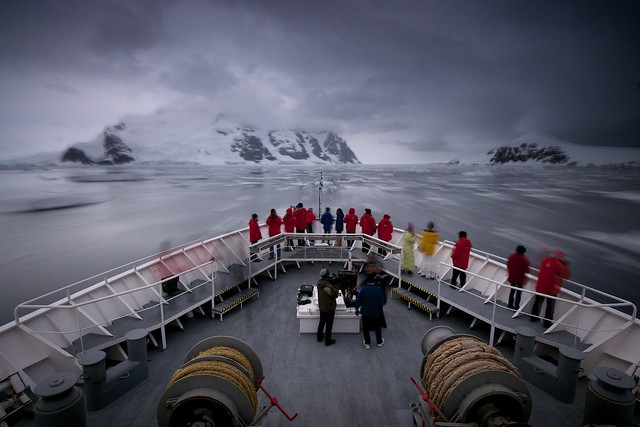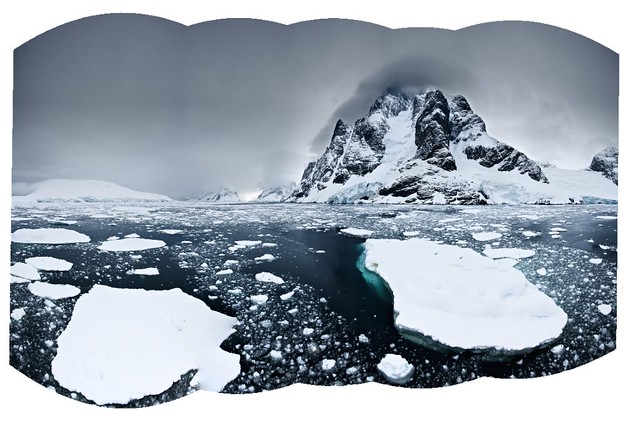National Geographic is world-renowned for some of the most spectacular photos ever taken and published. But when NatGeo veteran Jim Richardson heads off on assignment around the world or across America, the types of images he hopes to capture may surprise you.
“What I look for is very much the commonplace. I look for those things that are common between us, that we all experience,” Jim, who has taken five around-the-world trips, tells The Weekly Flickr. “It’s life and death and children and getting married and the first day you send your kid off to kindergarten, and all those kinds of things. Those are the things that really leap across the boundaries, and those are the pictures we all understand no matter which culture we come from.”
Jim has worked as a freelance photographer for NatGeo for the last 25 years; and since 1989, he has not worked anywhere else.
What makes a good photograph for him? He says the best photos are the ones that “go straight to your heart.”
“They are pure visual communications,” he says. “You see them. You understand. You get the message without ever having to process it.”
The early years
“I got started in photography out on the farm when I was a kid,” Jim says of his childhood growing up in rural Kansas. “My father was an amateur photographer.”
In the accompanying video, he recounts the story of how his father brought home an entire darkroom kit one day.
“I could take and set up a darkroom in our kitchen at night,” he says. “And the wonder of putting that first piece of paper into the developer and seeing the image come out, that’s always magic.”
From that point on, he started to take pictures of virtually everything, including his dog — chasing squirrels and lightning storms at night — and flowers in the woods.
Despite taking photos of everything as a boy, Jim never thought he’d end up as a professional photographer. He had actually pursued psychology in college at Kansas State University until he realized what he’d be doing day-to-day as a psychologist. “I didn’t want to do that,” he says.
He decided to get a position working as a photographer for his college school newspaper. He eventually landed a job at the Topeka Capital Journal where he has been working for 11 years. From there, he jumped to the Denver Post as a special projects photographer, but after five years of “wandering the West” he left for National Geographic.
NatGeo and returning to his roots
One of his first assignments at NatGeo was a story about the Colorado River. It was a story about resources, water, and economics.
“It wasn’t an adventure story, and it really clicked with me,” he explains.
Over the years, the stories and places Jim has been most passionate about and revisited multiple times seem to always bring him back to his roots.
“I have spent a lot of time in the Celtic world because my ancestors, as it turns out, all came from Celtic parts of the world,” he says. “I’ve sort of, over that time, made myself into the expert and the guy with the biggest collection of pictures from that part of the world.”
But perhaps the body of work Jim is most known for are his photographs taken in the little town of Cuba, Kansas, of not more than 200 people situated just 10 miles from his hometown.
“I’ve gone back there hundreds of times,” he says. “[It] was a great small town, rich in life, and as it turned out, very rich in pictures.”
Because of his time in Cuba, barber shops are of particular interest to Jim.
“I stop for all barbers, all over the world. I’ve done it ever since I started taking pictures back in rural Kansas,” he says. “It’s one of those places that is a universal necessity, ritual of everyday life, and you can depend that it will be interesting.”
Over the decades, especially during his time spent in Cuba, Jim learned that good stories are everywhere. “Those things that I learned there are the things that I use every day when I’m out shooting for National Geographic,” he says. “Almost anything can become a compelling story with sufficient research and understanding and devotion.”
The role of a photographer
Jim believes the role of a photographer is to “add to the beauty of the world.”
“It really comes down to if you are going to be a participant in beauty or a consumer. If you’re a participant, you find the things that are beautiful in a place. If you’re a consumer, you simply go and take and leave, and you don’t add anything,” he explains. “One of our jobs as photographers is to add to the beauty, by finding it and bringing [it] forth and putting it in front of people, and letting them share it and hopefully expanding the beauty of our world.”
This is what let him to return time and time again to places he had previously photographed.
“Early on, I started going back more and more in my photography, and what I learned from going back to the same situation over and over again is there was more there than I ever imagined,” he says. “My imagination wasn’t as rich and wonderful as reality, and if I really tuned myself to see the reality, there were just absolute wonders to be found.”
Jim now also frequently sails on adventure cruises aboard the “The National Geographic Explorer” ship to places like Antarctica, Norway, and the British Isles. His role ranges from lecturer to resident photography expert.
View Jim Richardson’s photostream.
More from The Weekly Flickr: Share your photos in The Weekly Flickr group for a chance to be featured in an upcoming episode, and tweet about this video series with #theweeklyflickr. Or watch previous episodes of The Weekly Flickr.
Follow us to take part in our weekly Flickr Friday challenge, for beautiful photography and for updates on everything else Flickr:
[twitter-follow screen_name=’flickr’]

